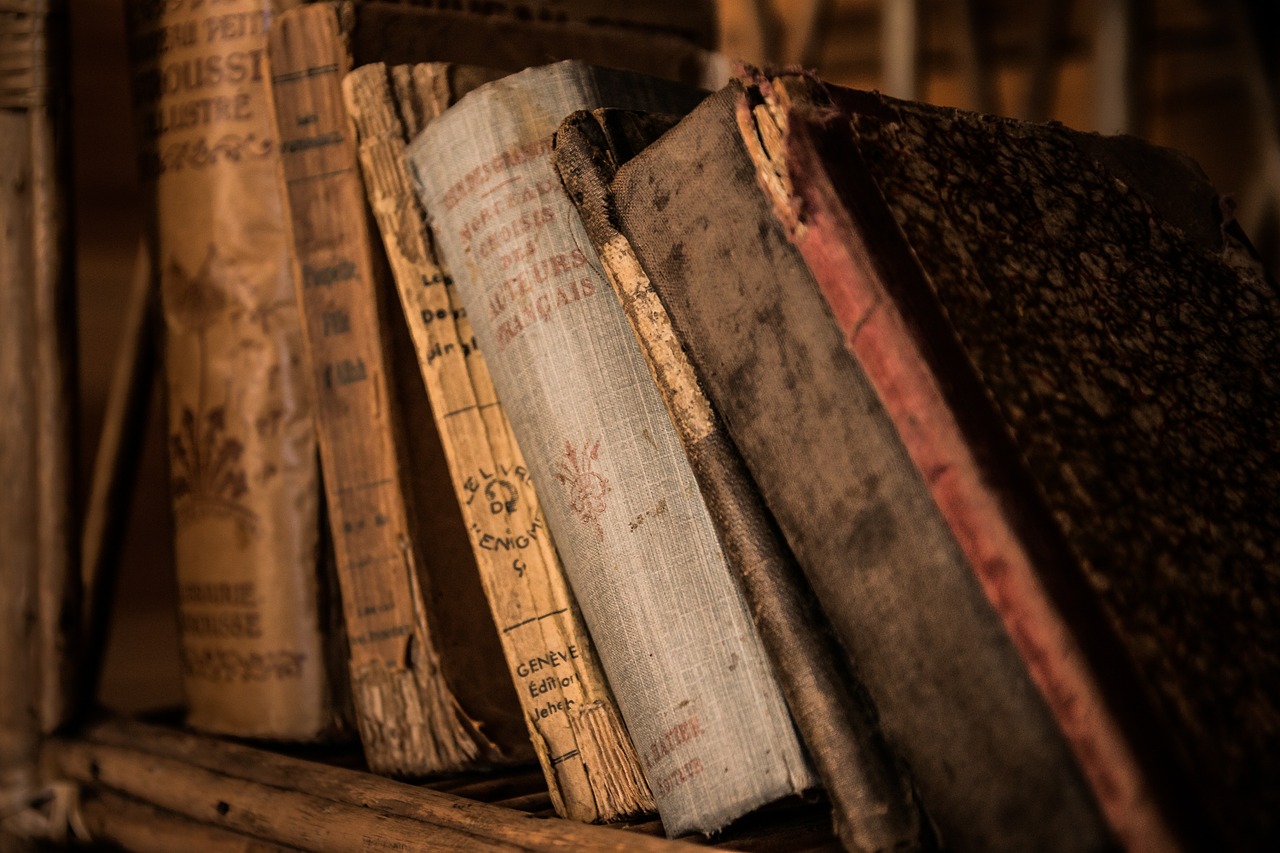I’m pleased to publish this book review by my friend Kyle Williams.
Last year eighty-one percent of evangelicals voted for Donald Trump—a wider margin than in any previous election. These voters played no small role in tipping the scales in a contest that was decided by thin margins. But this statistic is controversial.
Login to read more
Sign in or create a free account to access Subscriber-only content.
Topics:
